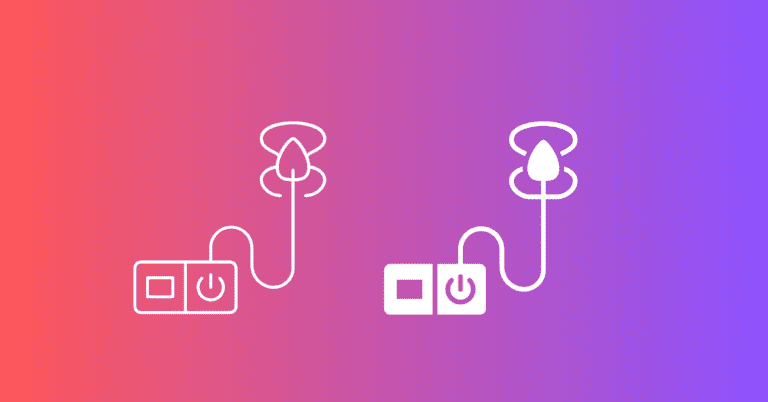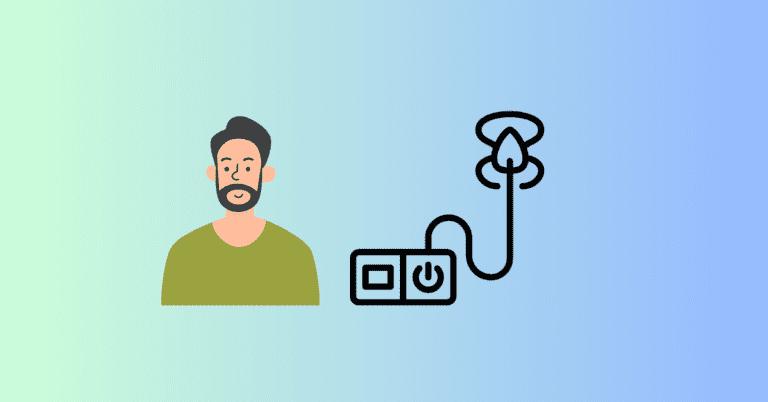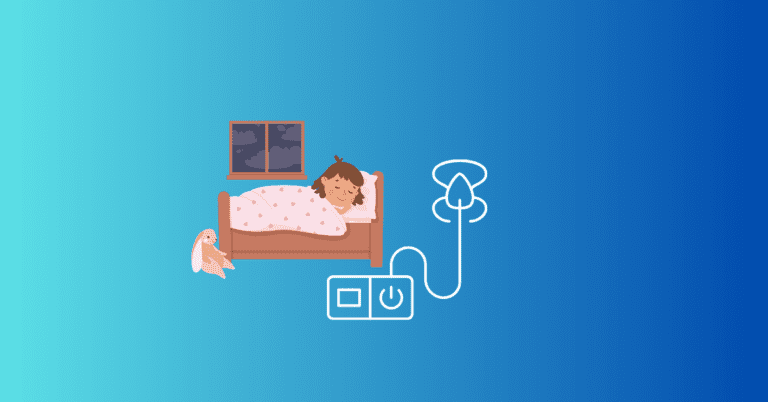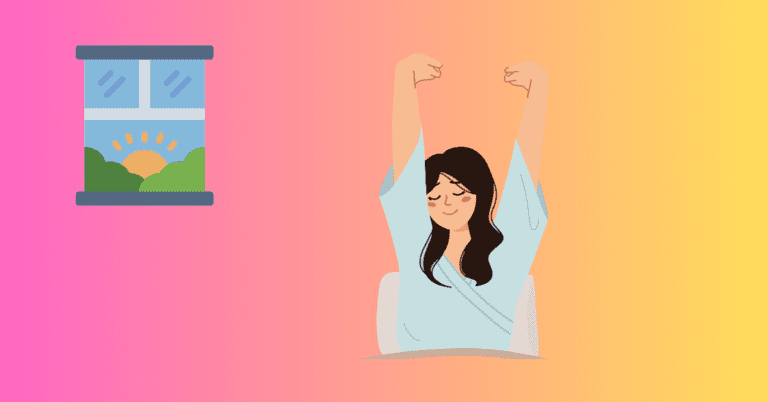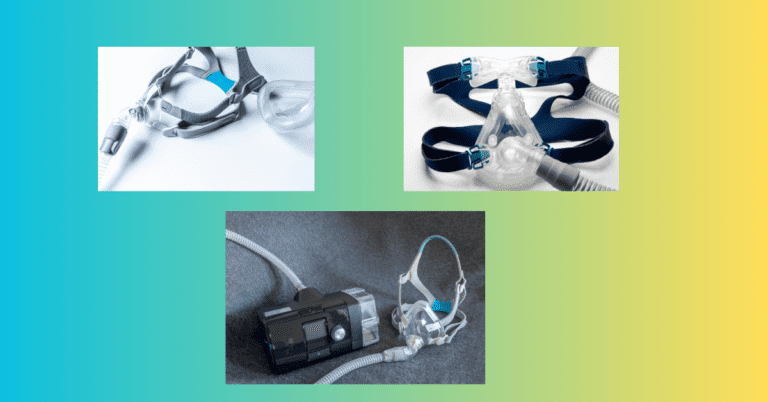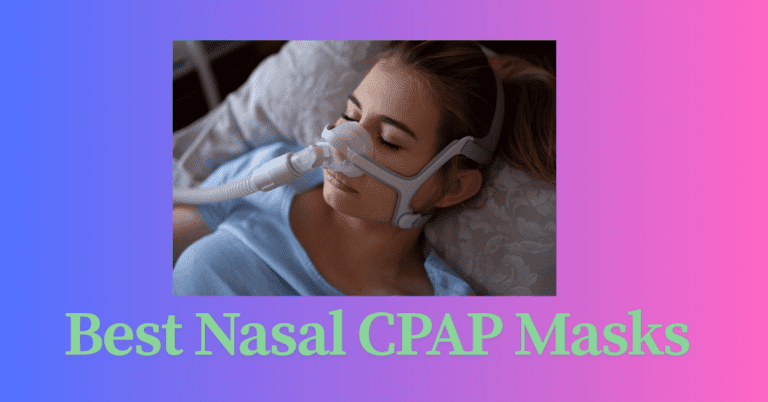CPAP Mask Types: Which One Is Right for You?
Choosing the right CPAP mask is one of the most essential parts of successful sleep apnea therapy.
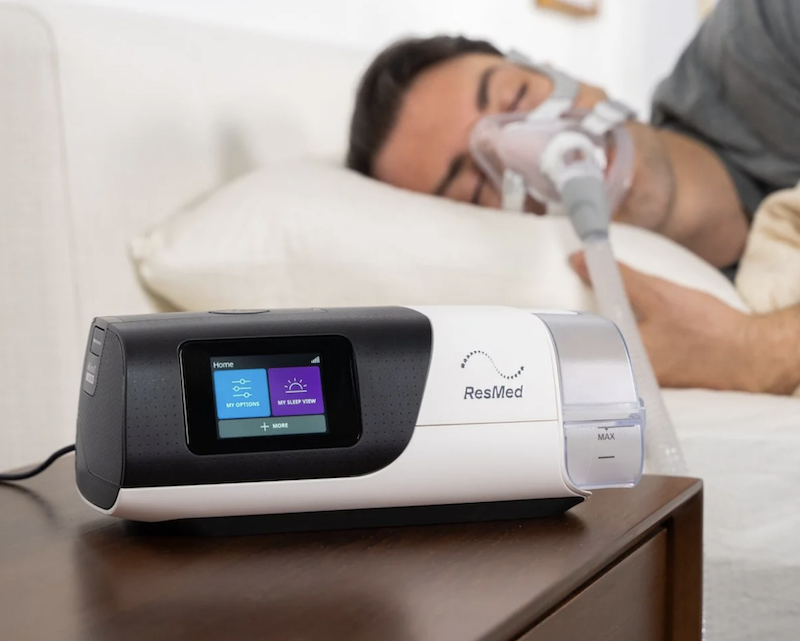
The mask you wear every night connects you to your machine—and if it doesn’t fit well or feel comfortable, you won’t stick with it.
Each one has its place, depending on your breathing habits, sleep position, and comfort preferences.
In this guide, I’ll explain the different CPAP mask types, who they work best for, and how to decide which one is right for you.
New to CPAP therapy or still trying to understand how sleep apnea works? Start with this guide on what sleep apnea is.
Overview of the 3 Main CPAP Mask Types
Most CPAP masks fall into one of three categories: nasal pillow masks, nasal masks, or full-face masks. Each type has pros and cons depending on how you breathe and sleep.
Let’s look at each one in detail.
1. Nasal Pillow Masks
What it is:
Nasal pillow masks seal at the nostrils using two small pillow-like cushions. They’re lightweight and rest just under your nose, with minimal contact on your face.
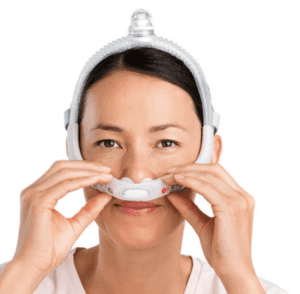
Best for:
- Light sleepers
- Claustrophobic users
- People with facial hair
- Nose breathers
- Stomach or side sleepers
Pros:
- Minimalist and lightweight
- Great for people who feel claustrophobic in larger masks
- Less facial contact means fewer red marks
- It stays in place even if you move around at night
Cons:
- It is not ideal for mouth breathers (unless using a chin strap)
- It may not work well at higher pressure settings
When I first started therapy, I loved nasal pillows, especially because I sleep on my side. But once allergy season hit, I realized I needed a different setup that allowed me to breathe through my mouth.
If you’re struggling with mouth breathing while using a nasal pillow or nasal mask, here’s how to prevent mouth breathing on CPAP.
2. Nasal Masks
What it is:
Nasal masks sit over the bridge of your nose and deliver airflow through the nasal passages. They cover more area than nasal pillows but less than full face masks.
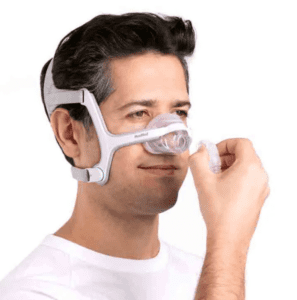
Best for:
- Back and side sleepers
- Moderate pressure settings
- People who breathe through their nose
- Users who want a balance of comfort and stability
Pros:
- Better seal for higher pressures than nasal pillows
- Still relatively lightweight
- More forgiving fit for restless sleepers
- Works well with glasses (depending on the frame design)
Cons:
- It can shift if you sleep on your stomach
- It is still not ideal for mouth breathers without added accessories
Nasal masks are a popular middle ground for good reason—they balance comfort, performance, and reliability. If I had to recommend one mask type to start with, this would probably be it.
Want help narrowing down your options? Check out my list of the best CPAP masks based on real-world testing.
3. Full Face Masks
What it is:
Full-face masks cover the nose and mouth, delivering therapy to both simultaneously. They’re a go-to choice for people who breathe through their mouths or struggle with nasal congestion. This is me below with my ResMed F20 mask.
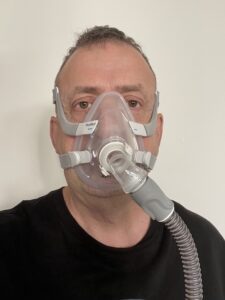
Best for:
- Mouth breathers
- People with frequent allergies or nasal blockages
- Back sleepers
- High-pressure therapy users
Pros:
- No need for a chin strap or mouth tape
- Consistent seal even if you switch between nose and mouth breathing
- Effective for those with severe sleep apnea or higher-pressure needs
Cons:
- Bulky and may feel claustrophobic
- It can leak more quickly if the fit isn’t right
- Not ideal for side or stomach sleepers
Full-face masks can feel intimidating at first, but they’re often the most effective choice for people with moderate to severe sleep apnea—especially if you wake up with a dry mouth or your partner hears you mouth-breathing through the night.
Still unsure which type is right for you? My full CPAP mask comparison guide has you covered.
How to Choose the Best CPAP Mask Type
There’s no one-size-fits-all answer, but here are a few questions that can guide your decision:
1. Do you breathe through your nose or mouth?
- Nose breather: Try nasal pillows or nasal masks
- Mouth breather: Go for a full face mask—or pair a nasal mask with a chin strap
2. What position do you sleep in?
- Side or stomach sleeper: Low-profile masks like nasal pillows are your best bet
- Back sleeper: You’ve got more flexibility—any type can work
3. Do you wear glasses or read in bed?
Look for a mask with a low-profile frame or minimal forehead support. Nasal pillows and some nasal masks are great here.
4. Are you sensitive to pressure?
Full-face masks tend to provide a better seal on higher-pressure settings, but nasal masks can also handle moderate pressures well.
Bonus: Comfort Features to Look For
Even within the three main types, masks have different designs, materials, and comfort features. A few things to consider:
- Cushion material: Silicone vs. memory foam
- Magnetic clips or quick-release headgear: For easier removal
- Quiet venting: So you and your partner can sleep in peace
- Flexible frame or no forehead support: More comfort and visibility
Sometimes, it takes a little trial and error. Don’t be afraid to test out a few options before settling on the one that works best for you.
Cleaning and Maintenance by Mask Type
No matter which mask you choose, cleaning is essential. A dirty mask can irritate your skin, create a breeding ground for bacteria, and reduce the life of your equipment.
- Daily: Wipe down your cushion and rinse it with warm water
- Weekly: Disassemble and wash all parts with mild soap
- Monthly: Inspect for wear and replace parts as needed
For more detailed care tips, my whole blog covers cleaning, setup, and everything in between.
Final Thoughts: The Best CPAP Mask Is the One That Works for You
When I first started CPAP therapy, I thought I’d get whatever mask the provider gave me and roll with it—big mistake.
Your mask is the most personal part of your setup. It touches your face every night. If it’s uncomfortable, leaks, or makes you dread bedtime, you won’t stay consistent. CPAP only works if you use it.
So whether you choose a minimalist nasal pillow or a full-coverage face mask, ensure it fits your lifestyle, sleep style, and breathing needs. And if you’re still unsure, that’s okay—try, tweak, and adjust until you find your perfect match.
